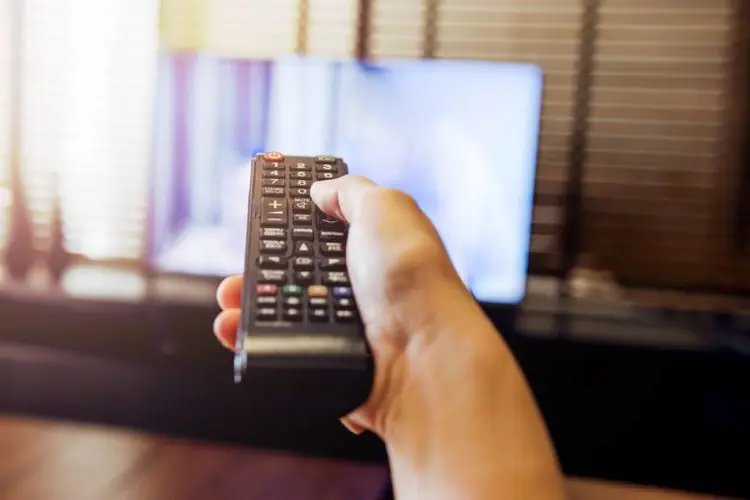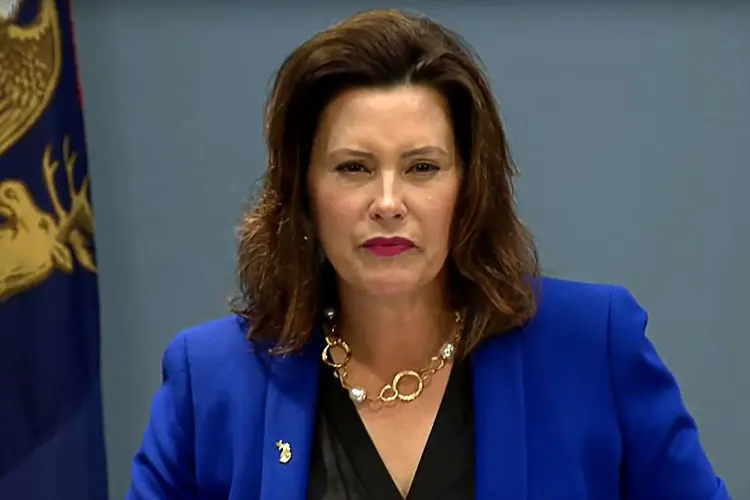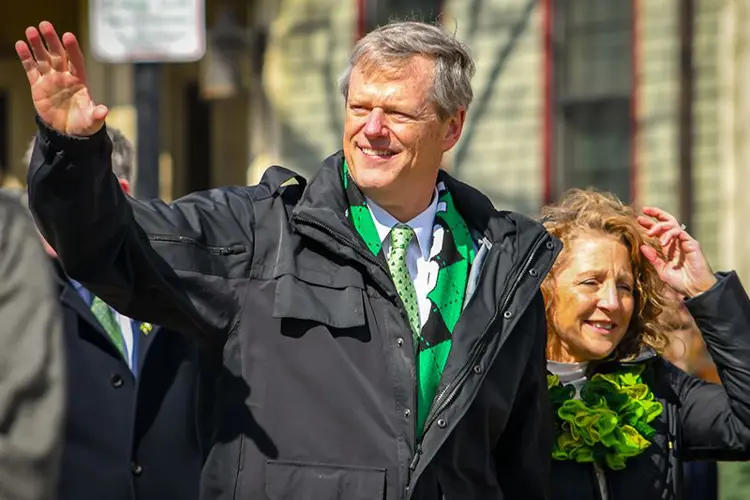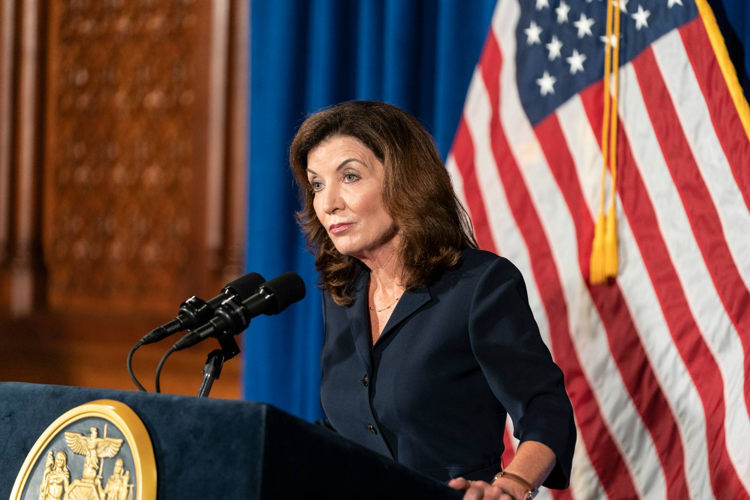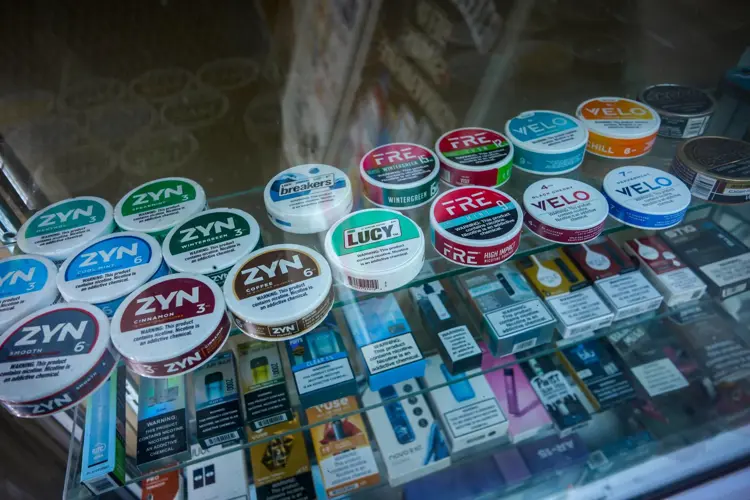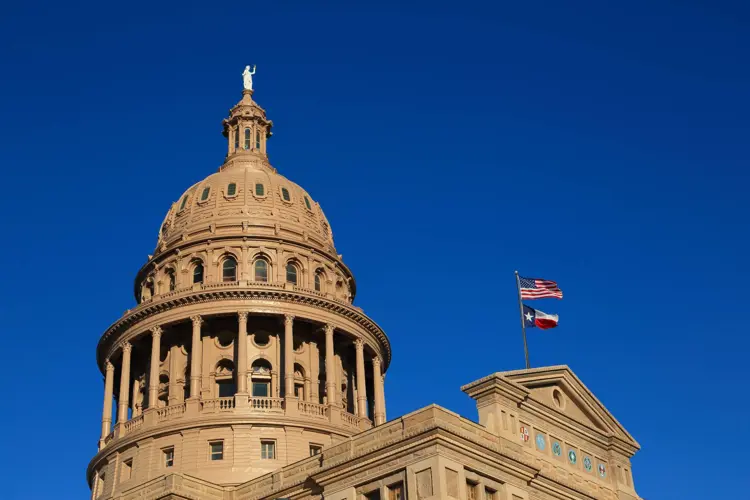After banning the sale of flavored vapor and tobacco products last year, the city of San Francisco will now try to ban sales of all vapes, including online purchases.
The city will not ban cigarettes.
“San Francisco has never been afraid to lead, and we’re certainly not afraid to do so when the health and lives of our children are at stake,” said City Attorney Dennis Herrera. “E-cigarettes have wiped out the hard-fought gains we have made in curbing youth tobacco use. Today we are taking action to protect our kids.”
The law being proposed in the Board of Supervisors would keep all vapes off the market in San Francisco until they receive marketing approval from the FDA. No vapor manufacturer has yet submitted a premarket tobacco application (PMTA) to the FDA, because of the prohibitive cost and the uncertainty that any product could ever be approved. FDA marketing approval requires applicants to prove that their products are “appropriate for the protection of public health.”
Cigarettes that were available for sale as of Feb. 15, 2007 — before vapor products were sold in the U.S. — were grandfathered onto the market when Congress passed the Tobacco Control Act in 2009, and never had to go through review. In fact, the FDA Center for Tobacco Products has never taken any meaningful enforcement action against cigarettes.
“By law, before a new tobacco product goes to market,” Herrera said. “the Food and Drug Administration is supposed to conduct a review to evaluate its impact on public health. Inexplicably, the FDA has failed to do its job when it comes to e-cigarettes. Until the FDA does so, San Francisco has to step up. These products should not be on our shelves until the FDA has reviewed the threat they pose to public health.”
E-cigarettes and other vaping products have been sold in the U.S. since at least 2008 — eight years before the FDA asserted regulatory authority over them, and set a schedule for existing products to go through “premarket” review. There is rich irony in forcing existing vapor products to retroactively prove their value when known-deadly cigarettes were allowed to remain on the market without challenge. The city is not proposing to ban cigarettes.
The city is also joining with New York City and Chicago to demand the FDA summarily enforce all components of the Deeming Rule, and immediately demand PMTA’s from all manufacturers. The three cities are threatening to sue the federal agency if it doesn’t agree to the cities’ demands. Last March several tobacco control groups also filed suit, asking the court to force the FDA to immediately impose the PMTA requirement.
The proposed San Francisco law would also prohibit online sales to city residents, including from outside the city. Although such a prohibition would be impossible to enforce, most vendors would probably avoid any potential legal problems and refuse to ship to the city.
The proposed ban is a reaction to outgoing FDA Commissioner Scott Gottlieb’s declaration of a teenage vaping epidemic. Gottlieb based his assessment on a 78 percent increase in past-30 day use by high school students, as measured in preliminary results from the CDC’s 2018 National Youth Tobacco Survey.
According to that survey, 20.8 percent of students used a vape in the last 30 days, versus 11.7 percent in 2017. Just 5.8 percent used a vape on 20 or more of the last 30 days — the only figure in the survey that might indicate habitual use by teens. Based on the “epidemic” of occasional use, the FDA has revised its enforcement plan for flavored vaping products, and even moved the deadline for submission of PMTA’s for existing flavored products up a year, from 2022 to 2021.
Gottlieb will now leave the FDA after helping to create an inquisition-like atmosphere surrounding the debate over vaping regulation. States and cities around the country are proposing flavored vape bans, excessive taxes on vaping products, and raising the legal age to purchase from 18 to 21. Meanwhile, teen smoking continues to decline, and no one is even paying attention.
Public officials like those in San Francisco are now ignoring combustible tobacco and are focusing strictly on vapor products. They speak the language of prohibition, certain that they must be right and are fighting a righteous war against evil pushers of child-corrupting poison. The city once known for its tolerance of all people and all personal choices has become the very symbol of intolerance and illiberal, coercive top-down control.
The city is even proposing a law that would prevent vaping manufacturers from leasing city-owned property in San Francisco, as JUUL is now. And city officials are exploring ways to force JUUL Labs to leave. The JUUL is not manufactured in San Francisco, but the company's offices are located in San Francisco's Dogpatch neighborhood.
“E-cigarettes have been targeting our young people with their colors and flavors that entice adolescents and predatorily pull them towards addiction to nicotine,” San Francisco Supervisor Shamann Walton said. “Banning vaping products that target young people and push them towards addiction to nicotine and tobacco is the only way to ensure the safety of our youth.”
With the moral panic over youth vaping running at a fever pitch, politicians and public health officials have completely abandoned the goal of reducing the death and disease caused by combustible tobacco. They’re now solely dedicated to eliminating relatively safe vaping products that can compete effectively against cigarettes. And they expect to be thanked for it.
The Freemax REXA PRO and REXA SMART are highly advanced pod vapes, offering seemingly endless features, beautiful touchscreens, and new DUOMAX pods.
The OXVA XLIM Pro 2 DNA is powered by a custom-made Evolv DNA chipset, offering a Replay function and dry hit protection. Read our review to find out more.
The SKE Bar is a 2 mL replaceable pod vape with a 500 mAh battery, a 1.2-ohm mesh coil, and 35 flavors to choose from in 2% nicotine.
Because of declining cigarette sales, state governments in the U.S. and countries around the world are looking to vapor products as a new source of tax revenue.
The legal age to buy e-cigarettes and other vaping products varies around the world. The United States recently changed the legal minimum sales age to 21.
A list of vaping product flavor bans and online sales bans in the United States, and sales and possession bans in other countries.







